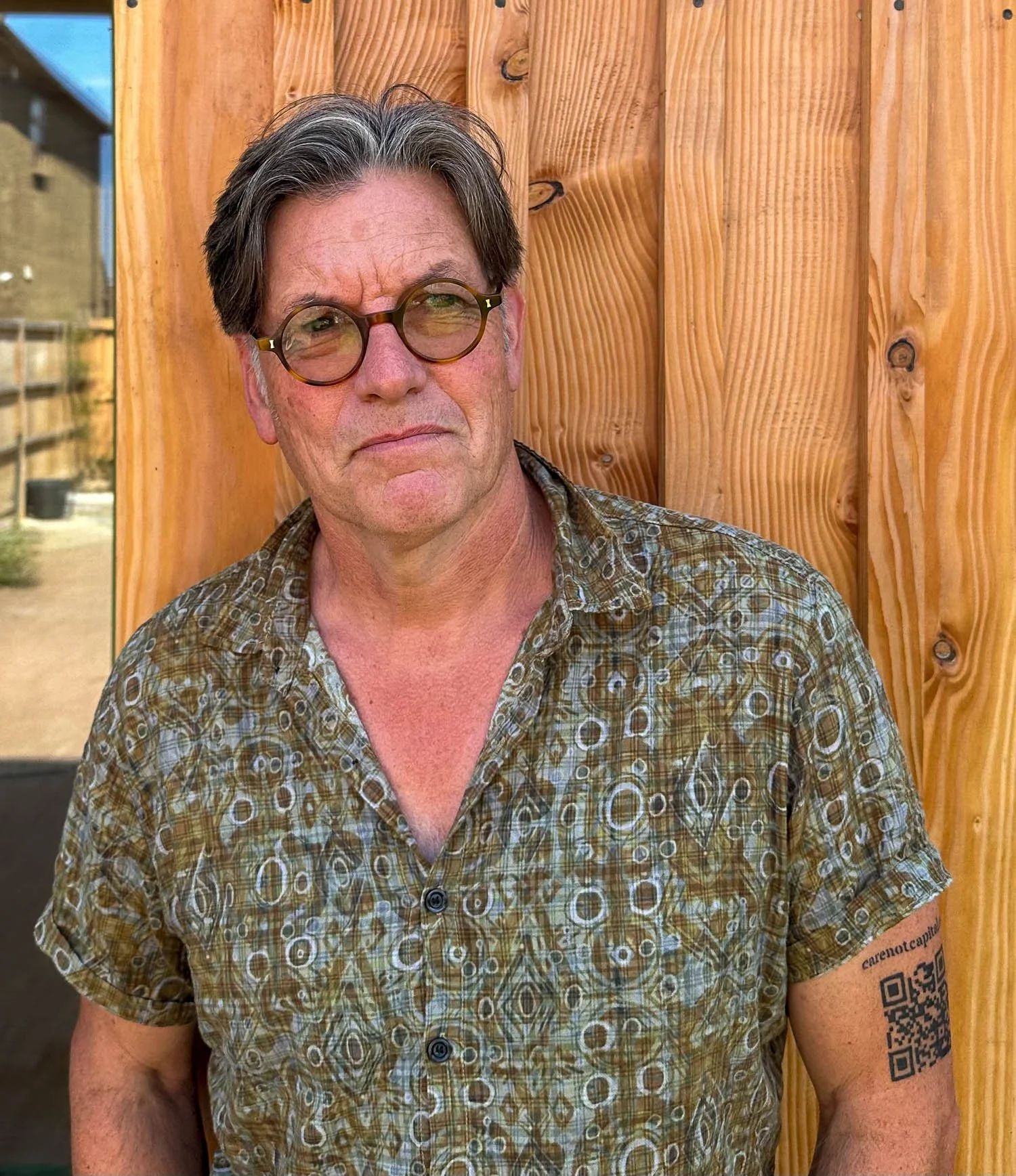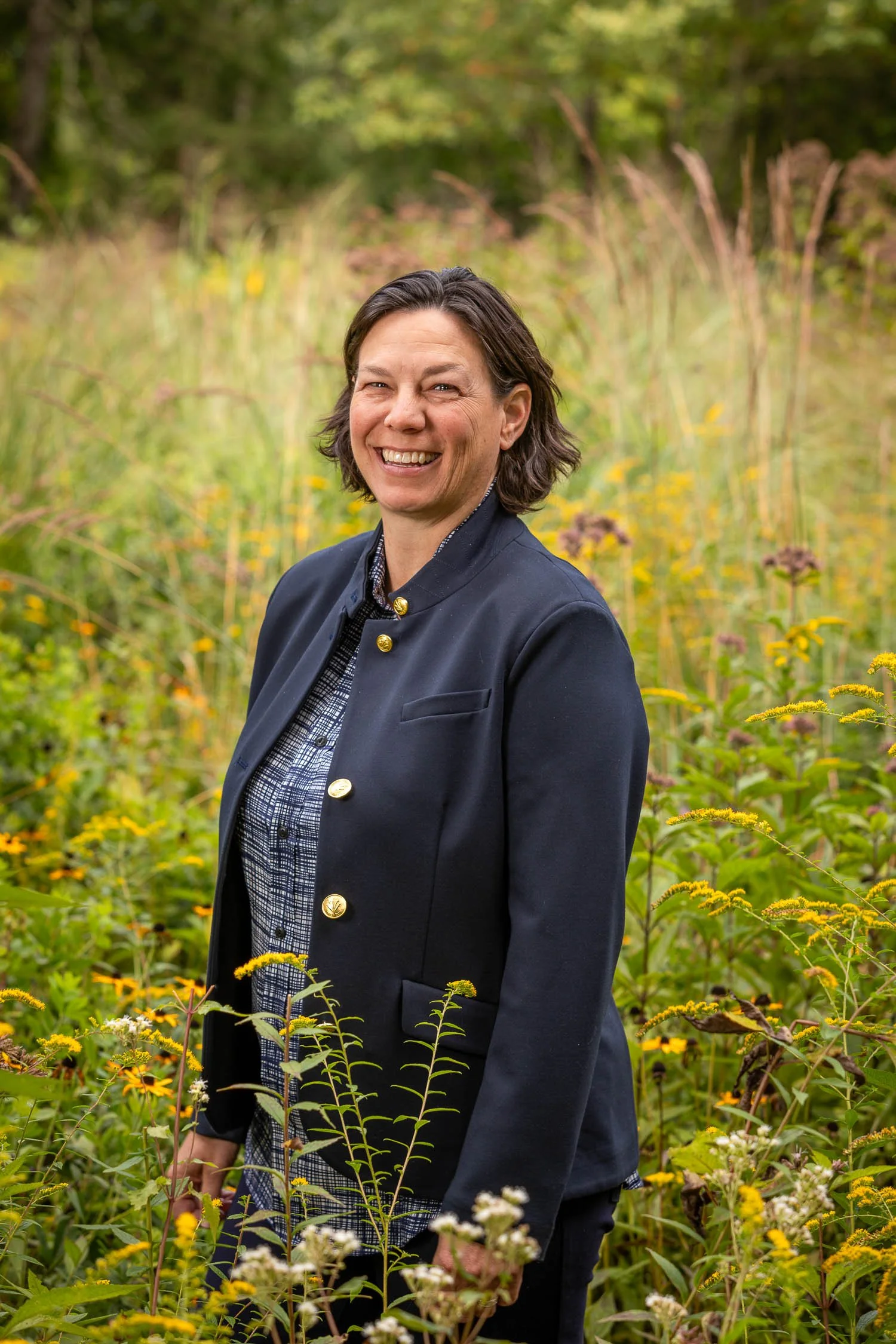Patrick Cullina is an award-winning horticulturist, landscape designer, photographer, lecturer, and organizational consultant with more than twenty-five years of experience in the landscape field. He runs a design and consulting business that is dedicated to the innovative and sensitive integration of plants and materials into a diverse range of compelling designs, drawing inspiration from both the natural world and constructed environments alike.
Previously, he was the founding Vice President of Horticulture and Park Operations for New York City's High Line; the VP of Horticulture, Operations & Science Research at Brooklyn Botanic Garden; and the Associate Director of The Rutgers University Gardens in affiliation with the school's Department of Landscape Architecture.
Throughout his career, he has served as a consultant and advisor to an array of public and private clients and projects and has lectured throughout the U.S. and abroad for universities, public gardens, garden clubs, horticultural organizations, museums, libraries and professional organizations on the subjects of plants, living environments, horticulture, landscape design, landscape maintenance and the urban experience.
His consulting work provides services to a host of private, municipal, corporate and conservancy clients and to a number of leading landscape architecture and architecture firms. His work in horticulture has been recognized by organizations like the American Society of Landscape Architects, the Garden Club of America (Zone Horticultural Commendation, 2010), and the Garden Club of New Jersey (Gold Medal, 2005).
Passion for plants started in childhood, influenced by Olmstead Brothers Park in Hartford, Connecticut where he grew up playing in the park and participated in educational tours by the parks department
Formal education was in English literature at Fordham University
His after college work with youth programs in urban areas, which led to an affiliation with Rutgers University
Influential figures at Rutgers including Dr. Bruce Hamilton and Dr. Elwynn Orton
At Rutgers, Pat’s work on revitalizing the university's arboretum, learning about plant taxonomy, and family patterns
Transitioned from administrator to plantsman through practical experience and teaching
Creating compartments of plants to easily reference plants
Emphasizes the importance of observation and careful interpretation in plant science
Coming into horticulture backwards from being an English major
Challenges from early mentors to learn plants
Caution on turning one observation into canon
How design is like a tiger on a chain that has to be tightly held through the entire process
The challenges of maintaining integrity in design projects especially with herbaceous plants
Valuing gravity and narrative over novelty
Mentions specific plant selections and preferences, like reliable Echinacea and Baptisia species
Notes the difficulty of managing multiple projects over time
His work on Smithsonian's National Air and Space Museum as an example of building stories around plants
Describes the chaotic nature of the design process and the importance of a strong narrative
The influence of his family's storytelling tradition on his approach to landscapes and narratives
The importance of creating effective narratives in any field connected to people and comparing it to teaching
Admiration of individuals like Roy Diblik, Betty Scholtz, and Darrel Morrison for their personal and authentic engagement with the public
Pat’s frustration with misleading advice in public landscapes and gardening and advocating for honest guidance that helps people succeed
He discusses the challenges of landscape design in public projects and the impact of poor design choices on community perceptions and funding
Cullina contrasts the High Line's success with other projects and suggests that small-scale, meaningful interpretations can be impactful
Pat’s design process organizing plants into three groups: grasses, long-lived perennials that act as anchors, and blooming elements, to create diverse and dynamic landscapes in sun and shade
Building a narrative with a planting with considering succession and average height and piercing plants
Adapting plant choices based on regional characteristics, soil, and exposure, using examples from projects in different climates
He talks about the importance of regional connection in gardens, encouraging local engagement with native plants and landscapes
Cullina highlights the educational role of public gardens, using the Fort Worth Botanic Garden as an example of promoting regional flora
How to change the public's perceptions of native plants, using the Highline's Rhus (sumac) and Sassafras as examples of how context can transform appreciation
Discussing the narrative behind garden design and the importance of seeing plantings as communities rather than individual plants
The visual appeal and ecological function of natural landscapes, emphasizing the interplay and repetition of plant combinations
Critique of overly rigid or overly sparse garden designs that rely heavily on color or mulch
The goal of achieving a fully realized planted ground plane, minimizing visible ground or mulch
The importance of plant density and inter-planting to create a secure and cohesive space
Lessons from a visit to a remnant prairie with diverse plant species, highlighting the inspiration drawn from natural plant communities
The debate between block style and matrix style planting, with a preference for a hybrid or matrix style for its adaptability and resilience
Discussion on the practical challenges of block style planting, including maintenance and the visual impact of large, homogenous groups
Visiting Chiwaukee Prairie
Emphasizing the need for understanding plant scale and cultural requirements in landscape design
The importance of selecting plants appropriate to the space to make landscapes that consume less, avoid excessive maintenance, and avoid unintended effects
Recommendations for using bulbs to bridge gaps in planting design, particularly during seasonal transitions
Encouraging the use of reliable sources for plant information and the importance of scale in both design and maintenance
The role of seasonal progression and plant behavior in designing sustainable and aesthetically pleasing landscapes
Consideration of color and texture in planting design, including the importance of flower structural variety among plants
The role of flowering plants, grasses, and woody plants in supporting wildlife through pollination, fruiting, and seed production.
Practical strategies for managing plant growth and structure, such as using certain species to support others.
The process of determining color preferences with clients, including addressing specific dislikes or strong preferences.
Flexibility in plant selection while maintaining a cohesive design vision, adapting to client preferences and site conditions.
The High Line’s evolution from a new project to a major attraction surpassing even the Statue of Liberty in visitor numbers
The High Line’s transformation into a popular urban promenade, influencing social interactions and city dynamics
Personal anecdotes from visitors to the High Line, showcasing diverse reactions and engagement
The narrative richness of the High Line, including its history, architecture, and cultural significance
Discussion on the concept of "editing" landscapes versus traditional gardening
The importance of maintaining and observing landscapes over time to make informed recommendations and improvements
Challenges in identifying and managing stealth weeds and plant gaps during the editing process
The necessity of understanding plant performance beyond initial installation conditions, including future growth and shade development
The value of visiting botanical gardens and nurseries for ongoing plant evaluation and knowledge
The role of cross-training culturally and engaging in diverse experiences to stay inspired and productive
The influence of collaborative experiences and collective observations in shaping one’s approach to landscape design
Emphasis on the importance of ongoing improvement, ecological function, and community impact over personal accolades in landscape work
Appreciation for the variety of approaches in engaging people through audio, newsletters, teaching, and social media
Importance of public spaces in creating connections, such as children playing with fallen magnolia leaves in the High Line
Viewing urban spaces as part of an ecological community, and the role of diverse plantings in promoting positive change
Discussion on the concept of native plants and the significance of regional ecologies
Debate on the value of native plant cultivars versus wild types, considering factors like pollination and plant performance
Observations on plant pricing in garden centers and the impact of plant sizes on design efficacy
Encouragement to listen to others' perspectives in teaching rather than imposing one's views
The challenge of balancing multiple educational approaches versus focusing on one niche
Recognition of the need for a broad approach to make diverse and compelling landscapes accessible
Propagating more horticulturists by telling stories and rewarding any engagement from individuals interested in horticulture
Emphasis on the value of real, tangible outcomes in client projects and the surprise element in final results
You can learn more about Patrick Cullina through his website and Instagram @pjctwo































